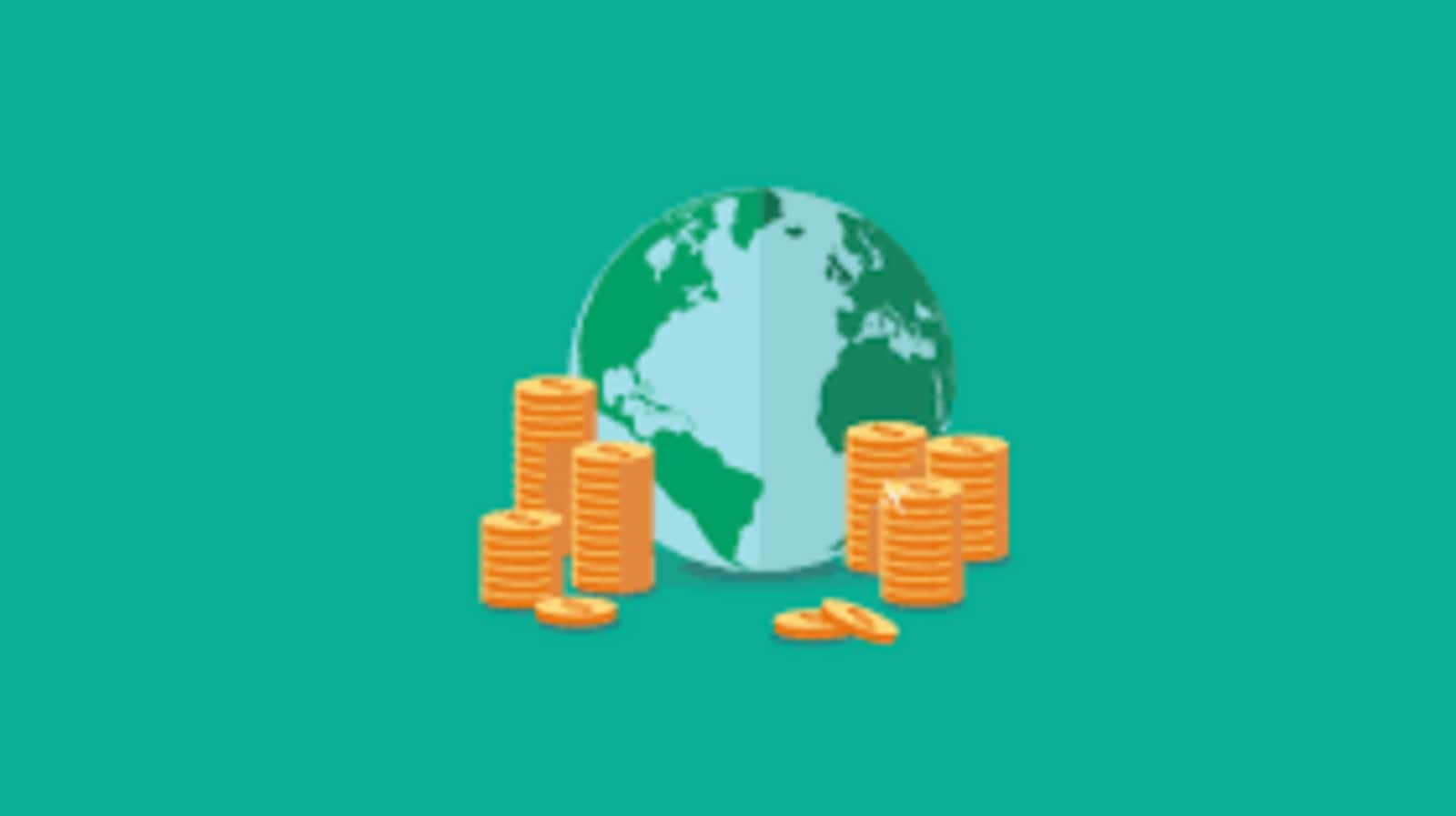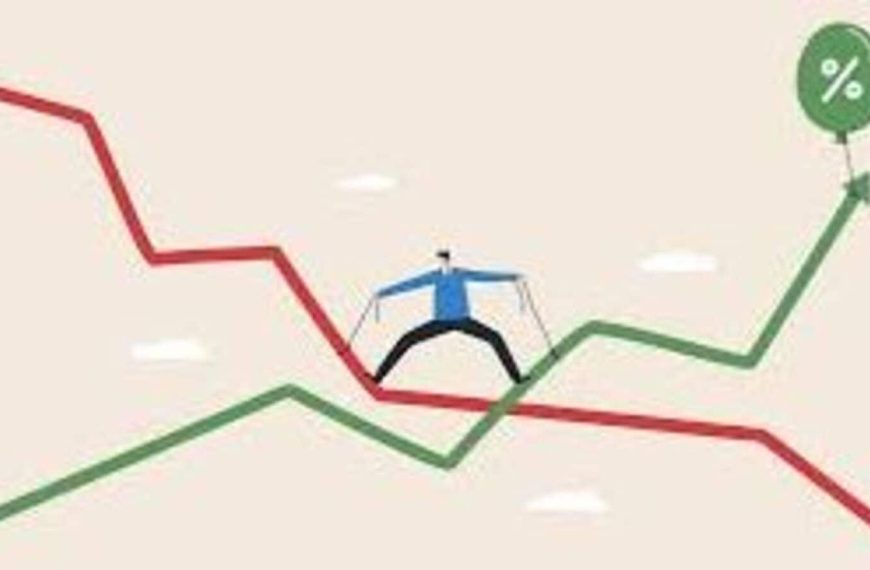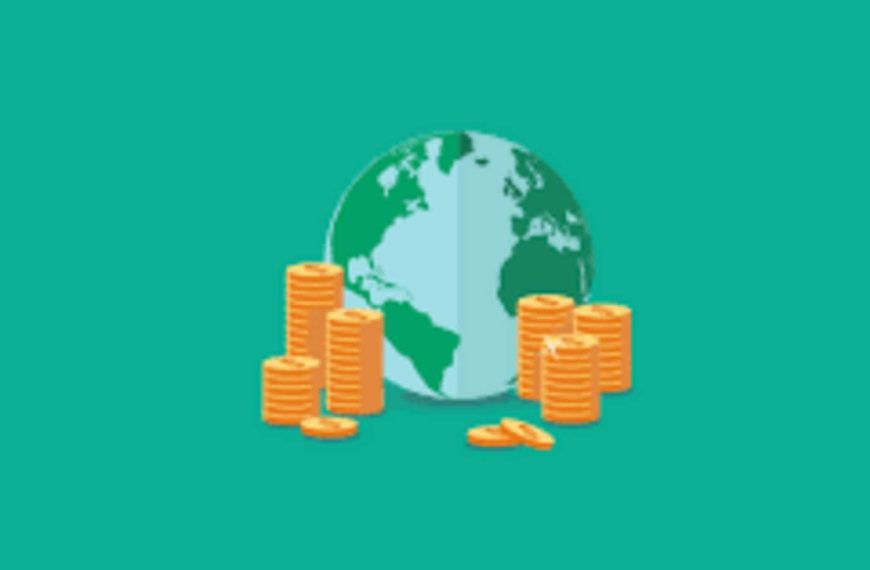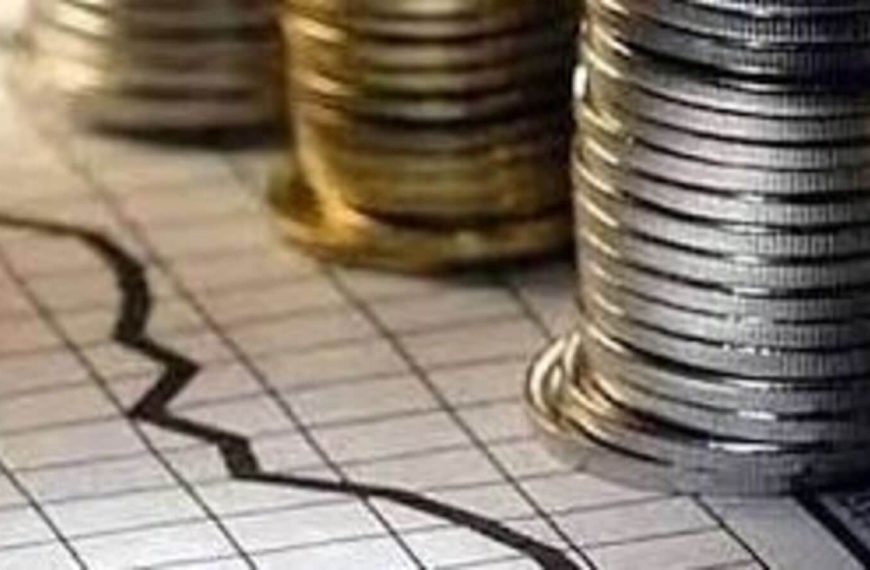Chinese Banks Adjust Consumer Loan Rates Amid Rising Bad Debt Concerns
In a surprising shift, several major Chinese banks have recently increased interest rates on consumer loans to at least 3%, just weeks after slashing them to historic lows. This move has raised eyebrows and could significantly impact China’s attempts to stimulate a sluggish economy. With personal loan defaults on the rise, analysts are cautioning that these higher rates might hinder consumer spending, which is crucial for economic recovery.
Recent Interest Rate Changes by Major Banks
Major financial institutions, including China Construction Bank, China Merchants Bank, Bank of China, and Hua Xia Bank, have implemented these new rates effective Tuesday. Just last month, the same banks had lowered rates to around 2.5%, following government initiatives aimed at boosting consumer credit to stimulate demand in the world’s $18 trillion economy.
- Key Points:
- Rates on consumer loans increased to at least 3%.
- Last month’s rates dropped to 2.5%.
- Government focus is on enhancing consumer spending.
Implications for Economic Growth
China’s leadership has set an ambitious goal of achieving approximately 5% growth by 2025, with a strong emphasis on consumer spending as a critical driver. However, the recent hike in loan rates raises concerns among economists. They warn that rising borrowing costs may deter consumers, especially since confidence remains shaky in the current economic environment.
A loan officer from a state-run bank mentioned that while lower interest rates could facilitate borrowing, they also risk increasing debt burdens for consumers already under financial stress. This could negatively impact the overall quality of bank assets.
Rising Concerns Over Loan Defaults
The uptick in interest rates comes amid escalating bad loans among personal borrowers. Official reports indicate that China’s total consumer loans reached 21 trillion yuan by the end of 2024. Alarmingly, some borrowers are reportedly using these lower-rate loans to refinance existing, higher-rate mortgages, raising further concerns over the integrity of the lending system.
- Statistics:
- Bad loans in personal lending rose to 2.39% for the Industrial and Commercial Bank of China.
- The Agricultural Bank of China reported a bad loan ratio of 1.55%.
- Bohai Bank’s consumer loan non-performing loan ratio surged to 12.37%.
Regulatory Oversight and Future Outlook
In March, the National Financial Regulatory Administration encouraged banks to expand consumer lending while keeping credit limits and interest rates within reasonable bounds to mitigate risks. As major banks report stagnant profits and narrowing margins, the pressure on asset quality becomes increasingly evident.
Experts like Gary Ng, a senior economist at Natixis, emphasize that the government is rightfully concerned about financial stability, especially given the shrinking net interest margin. Additionally, Lynn Song, chief economist for Greater China at ING, notes that while households have considerable savings, their willingness to spend is lacking. Restoring consumer confidence through stable wages and asset prices is pivotal for fostering economic growth.
As this situation unfolds, it remains to be seen how these changes will impact not only the banking sector but also the broader Chinese economy.
For ongoing updates on economic trends and financial insights, visit reputable financial news sources and keep an eye on market developments.










